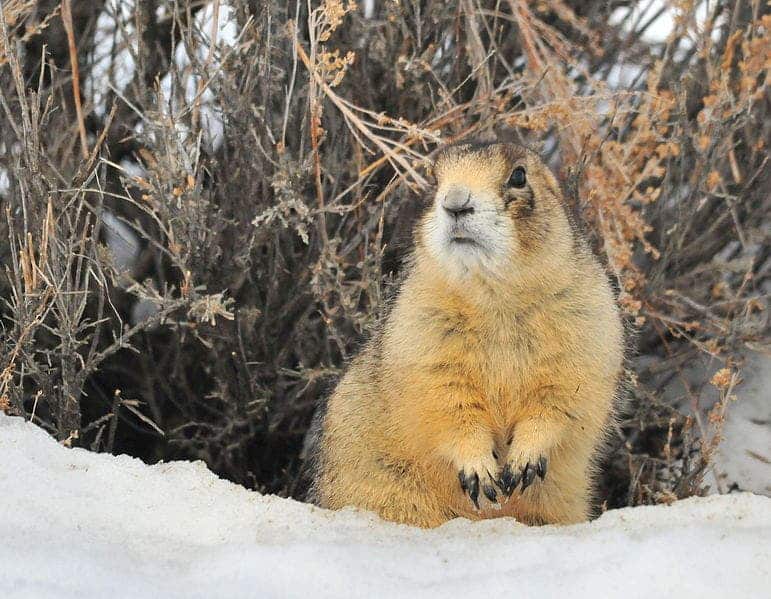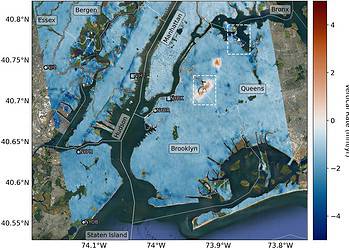New research at the University of Utah Health is looking at hibernating animals to find new treatments for obesity and metabolic disorders that afflict millions worldwide.

Image credits USFWS Mountain-Prairie / Flickr.
Bears and other hibernating animals build up fat when food is plentiful and then live off it in a slumber-like state during winter. Although the level of weight they gain beforehand would be considered dangerously unhealthy for a human, these animals are as fit as ever when they emerge.
The new study looks into the genetic mechanisms that allow such species to fine-tune their metabolism in a bid to gain a better understanding of human health concerns such as obesity or metabolic disorders.
Fatten up then sleep it off
“Hibernators have evolved an incredible ability to control their metabolism,” says Christopher Gregg, Ph.D., associate professor in the university’s Department of Neurology & Anatomy. “Metabolism shapes risks for a lot of different diseases, including obesity, type 2 diabetes, cancer and Alzheimer’s disease. We believe that understanding the parts of the genome that are linked to hibernation will help us learn to control risks for some of these major diseases.”
In some of their previous work, Gregg and co-author Elliot Ferris analyzed mammalian genomes for genetic regulatory elements that could explain some of the more striking biological abilities of certain species, including cancer resistance in elephants or blood clot resistance in dolphins. For the present study, they wanted to determine if hibernating species had similar switches that help them control levels of body fat.
They worked with four hibernating mammals from different habitats worldwide: the thirteen-lined ground squirrel, little brown bat, gray mouse lemur, and lesser Madagascar hedgehog tenrec. Genetic analysis showed that each species had independently evolved short bits of non-coding DNA called “parallel accelerated regions”. These bits of DNA were disproportionately located near genes that have been associated with obesity in humans, they report.

Image credits Petra Lahann / Wikimedia.
To verify the link, the team analyzed genes tied to the Prader-Willi Syndrome (PWS), a genetic disorder that affects humans and triggers insatiable appetite and morbid obesity. They report that the genes linked to PWS also show more of the accelerated regions identified in hibernators compared to genes not associated with the syndrome. Based on this finding, the team believes that hibernating species have evolved ways to shut down certain genetic elements related to metabolism and fat control that non-hibernators didn’t. They hope that the results will improve our ability to evaluate and harness such metabolic leverages in humans.
All in all, the authors identified 364 genetic elements that could play a role in hibernation and obesity regulation. They are currently in the process of testing these elements using CRISPR-edited mice in their lab.
“Our results show that hibernator accelerated regions are enriched near genes linked to obesity in studies of hundreds of thousands of people, as well as near genes linked to a syndromic form of obesity,” Ferris says. Therefore, by bringing together data from humans and hibernating animals, we were able to uncover candidate master regulatory switches in the genome for controlling mammalian obesity.
While they’re focusing on metabolic processes right now, the team believes that the work they’re performing now will lead to new research directions for aging and dementia.
The paper “Parallel Accelerated Evolution in Distant Hibernators Reveals Candidate Cis-Regulatory Elements and Genetic Circuits Regulating Mammalian Obesity” has been published in the journal Cell Reports.






